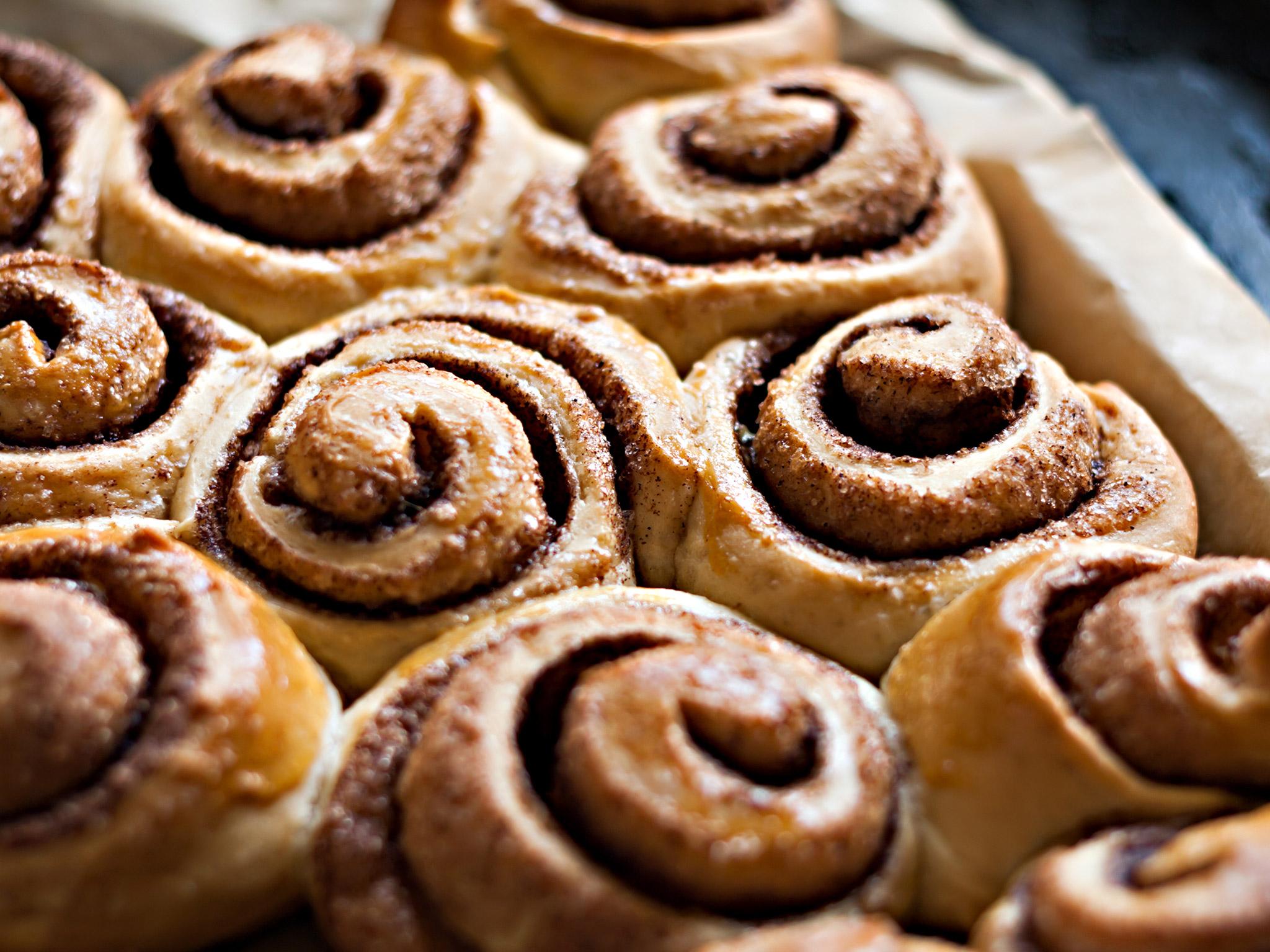The Independent's journalism is supported by our readers. When you purchase through links on our site, we may earn commission.
The alluring simplicity of Nordic baking
Bread and cakes in Nordic countries are simple without compromising on taste

Nordic countries are celebrated for their seemingly fuss-free lifestyles, from their pared-back utilitarian clothing brands to their clean-lined furniture. And it’s a mindset that feeds into their baking.
Even traditional Nordic desserts - usually the most indulgent part of a meal - are minimalist, at least when compared with the wonderfully frilly pastries of France or some of the more sugar-packed, bells-and-whistles treats in the US (apart from the humble apple pie, of course). The traditional cakes and breads of Denmark, Finland, Iceland, Norway and Sweden, often feature a handful of basic ingredients combined to create delicious, comforting treats.
“We don’t do things to excess – you find no Ferraris on the streets of Denmark and no bling-bling excess people on the streets of Gothenburg – we are simple folk,” Bronte Aurell, the owner of ScandiKitchen in London and author of The Scandi Kitchen and Fika & Hygge tells The Independent. "We do things that make sense and that are functional. You see this in everything from our design to our food."
Lagom - the Swedish notion of "not too much, not too little, everything in balance" - is mirrored across Nordic countries, she adds. But it's not something that Swedish chef-restaurateur Niklas Ekstedt, tells The Independent isn't always widely recognised.
"I think the biggest misunderstanding is that Nordic baking is heavy on cream and butter,” he says. "For me Nordic baking is characterised by the clean flavour and simplicity in the filling."
Traditionally, Nordic cakes and desserts feature cinnamon, vanilla and cardamom. This harks back to when the Vikings encountered spices native to India in Constantinople, or modern-day Turkey. In the summer, fresh seasonal berries are key to adding sweetness to desserts, while jam, dried and frozen fruits are used in the cooler months. In some cases, only 70g of sugar will be used to sweeten a whole batch of buns, says Aurell.
"In bread and buns, spices are important so that you can tell which it is. A cinnamon bun needs to be only cinnamon nothing else,” explains Ekstedt.
Part of the reason that desserts are comparatively modest is that sweets are not traditionally eaten to finish the meal, but rather as an afternoon snack. Think of it as a less extravagant British afternoon tea combined with the Italian idea of drinking an espresso with a pastry for breakfast.
This concept is known as Fika, a pillar of Swedish culture, which means “to meet up for a cup of coffee and a piece of cake.”
“Fika is the most important word in Swedish baking and there is a lot of pride in that word,” says Ekstedt.
“Rye, rye and rye,” is meanwhile what characterises Nordic bread, says Aurell.
In general, bread in this region is darker and has more rye than that in Southern Europea, and Graham style bread high in grains is also very popular, says Ekstedt.
“We eat dark rye with no sugar, just rye, cracked rye and made on sourdough, in Denmark. In Sweden we eat rye crispbread. In Norway, flat bread and crusty breads. In Finland, there is seriously high-fibre and rye content bread, too,” says Aurell.
But at the same time, stresses Aurell, taste is king. Nords won’t compromise taste over health. That just wouldn't be largom.
"In our nature, it is all about making sense functionally, too. Why eat a piece of cake made from avocado just because it’s made from avocado and doesn’t taste good? If it happens to taste great, then brilliant, but I don’t think we tend to compromise on the taste. If we’re going to eat baked goods, let them be good and worth it," she says.
“There is no cherry on top of the sundae unless the cherry has a purpose. So, to some, perhaps this looks understated, but to us, it is simply because this is how we live," she adds. "We’re not flamboyant people. We are considered, logic folk. Quite low key, really.”
Subscribe to Independent Premium to bookmark this article
Want to bookmark your favourite articles and stories to read or reference later? Start your Independent Premium subscription today.

Join our commenting forum
Join thought-provoking conversations, follow other Independent readers and see their replies